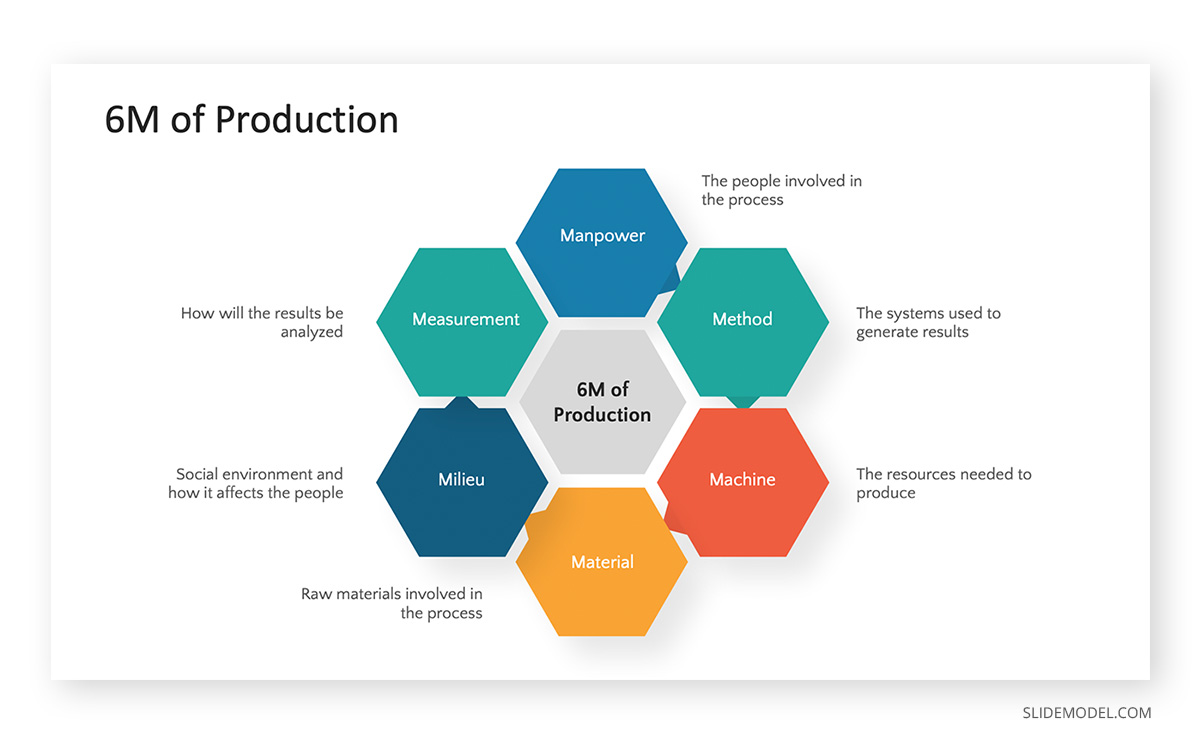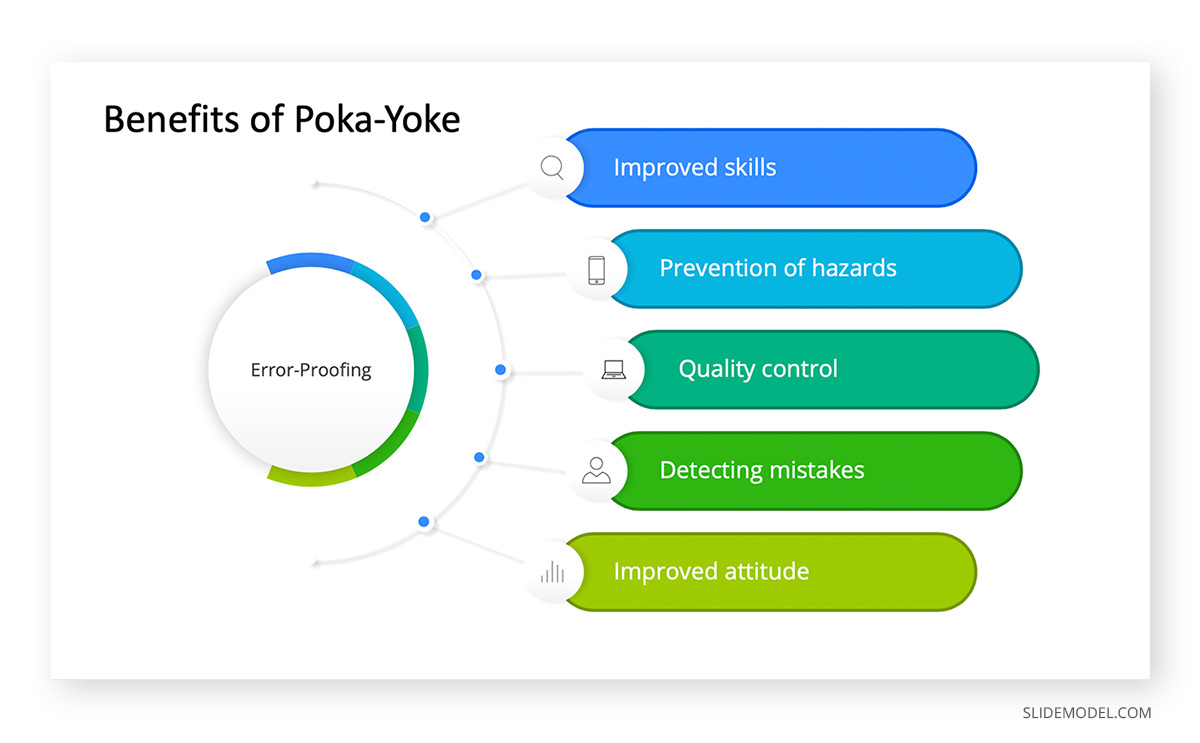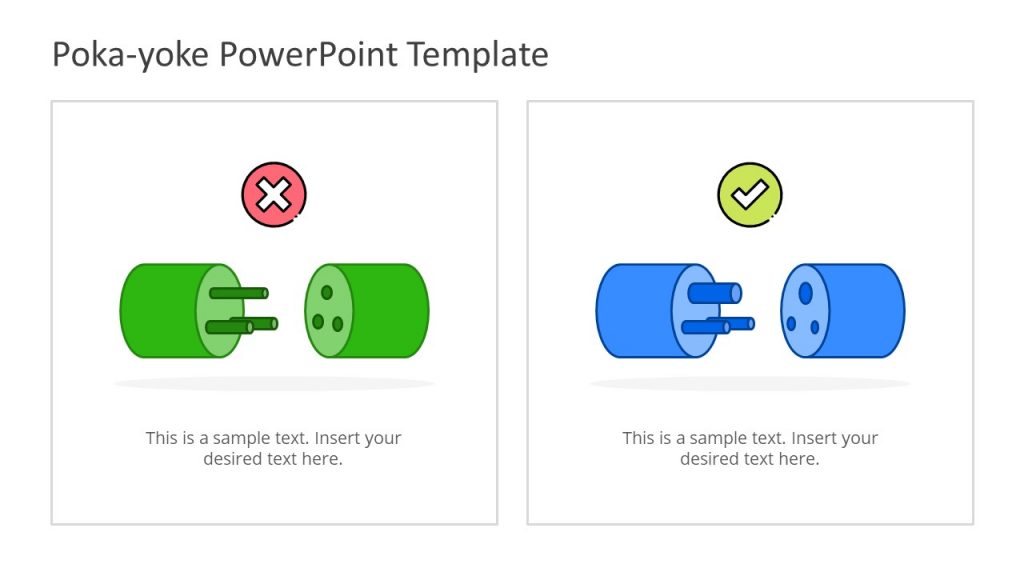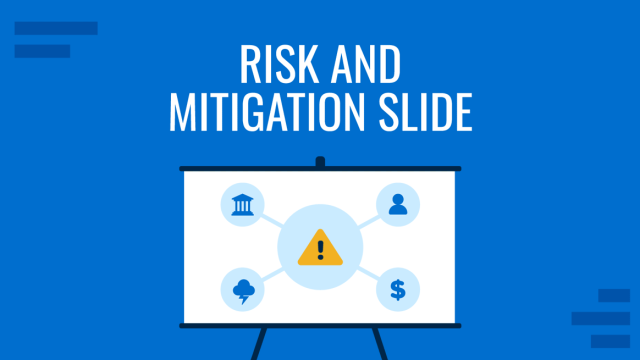
Many products and the businesses that produced them would not last long if there were no auto-shutdown option to prevent accidents, errors, or product malfunction. Regardless of the skill with which a customer uses a product, or an employee operates a machine, there is always a chance for something going wrong. This is where the need for error-proofing or Poka-yoke becomes necessary.
What is Poka-yoke?
Poka-yoke or Poka Yoke is Japanese for what can be translated in English as “inadvertent error prevention”, or in simple words, “mistake proofing”. The mechanism of poka-yoke is meant to avoid making mistakes, aka “poka”. To enable an operator to avoid mistakes, a poka-yoke can be helpful in adding a mechanism that can eliminate defects in a product by preventing, correcting or raising the alarm towards human errors. Poka-yoke was introduced as a mechanism by car manufacturer Toyota. It was initially called baka-yoke or “fool proofing”, which was later changed to mistake-proofing or poka-yoke.
Poka-yoke has been among the many mechanisms which came out of the manufacturing of cars at Toyota. It’s also closely related to other concepts such as Jidoka or “intelligent automation”, which halts production when an abnormal situation is detected. In such a case, poka-yoke can then be used to fix errors and make processes mistake proof.

3 types of Poka-yoke
Japanese industrial engineer Shigeo Shingo, who formalized the concept of poka-yoke at Toyota identified 3 types of poka-yoke to detect and avoid errors during mass production. The 3 types include the Contact Method, Fixed Value Method and the Motion-Step Method.
Contact Method
The physical attributes of a product can help identify issues. This is called the Contact method in poka-yoke, where product defects can be tested via the product’s physical attributes such as its color, size, weight or shape.
Example: The Contact Method can be found virtually all around us. Many products use different shapes, sizes, and colors for plugs to ensure that the wrong type of wire is not inserted into the device. Be it a desktop computer, laptop, smartphone, or LED TV; there are different sockets where only a specific type of wire can be inserted. For example, you cannot insert the power cord or adapter to the headphone jack or the USB cable in a port not meant for this purpose.
Fixed Value Method
This method for identifying an error uses a constant number to alert the operator if a particular criterion for the number of predetermined movements isn’t met.
Example: If an operator is tightening bolts with a wrench which has been dipped in paint, it would be easy to recognize which bolts have not been tightened by identifying the bolts which do not have paint on them.
Motion Step Method
The Motion Step Method is a sequential mechanism for identifying errors. The method checks if the required sequence for a process has been followed. This method prevents the operator from accidently doing something they shouldn’t, such as performing a step out of sequence resulting in a major issue.
Example: Many products have a system by which one cannot avoid a required step. Many software applications have a mechanism by which until a process completes, the next one cannot begin. Similarly, an operator might use a checklist to ensure that each process has been completed. Proximity sensors or alarms, in the same way, assure that a device is properly assembled, or components removed. Any error during the process might result in an alert.

Poka-yoke Examples from Everyday Life
Poka-yoke is so commonly used in products that many widely used devices have some sort of poka-yoke assigned to them. We have compiled a few poka-yoke examples from everyday life to demonstrate this.
Car Safety Features
Cars are one of the most common poka-yoke laden machines. Modern cars have a number of alerts for when the door is left open, when someone sitting on the passenger seat has not fastened their seat belt or when the car needs an oil change. Some of the modern poka-yokes used in vehicules also include alerts when drivers are about to leave their lane or when their car is too close to another car or object.
Electric Sockets
Electric sockets are designed so that only a certain type of cable can be plugged in to avoid short-circuits. Nowadays, many sockets also come with a light bulb, which alerts the operator if the socket is on or off. This can also be an indicator if the socket currently has electricity. During a power outage, the light might not turn on, indicating an electric current in the socket. Whereas a faulty wire or uneven flow of electric current might flicker the light bulb, indicating a fault with the socket, wiring or flow of electricity to the socket.
Elevator Doors
Elevator doors come with sensors to open when an object is obstructing the doorway to prevent people from getting injured. The door usually does not close until the obstruction is completely removed or moved.
Mobile Phones
Mobile phones come with several poka-yoke mechanisms. Modern mobile phones come with grammar and spell checks to help users use correct grammar and spelling for their communication. The phones provide users with various useful alerts, such as for a low battery, critical software error, or no signal available to alert the user to ensure their device continues to remain usable.
Microwave Oven
A microwave oven does not start as long as the door is closed. Furthermore, microwaves often come with alarms when the heating process is complete to alert the user to remove the heated product from the oven. This can also prevent the operator from forgetting the heated product inside the oven, resulting in the food going bad if it’s left for too long.
Washing Machines
Many washing machines have doors that need to be shut to operate the machine. If a user tries to open the door or lift the spinner´s lid, the machine automatically stops.
Software
Different types of software often make use of poka-yoke. You might have seen a prompt to save your data on Office applications like PowerPoint if anything is left unsaved. When making a PowerPoint presentation, sometimes the application might abruptly close. If you get a prompt that PowerPoint did not close properly and will try to restore your previous work; clicking OK enables users to recover lost work. Other office applications such as Microsoft Word also use this method to show the user a previous version to recover from the Word pane.
When installing an operating system, certain steps need to be followed. For example, when installing a Windows-based operating system, you will require making partitions for your hard drive, selecting a primary drive, and will need to ensure that a bootable USB or DVD is inserted during installation. Failure to follow any of these methods results in a prompt. In case the system already had an old operating system version, your PC might even revert to it if the partition has not been erased and the installation process is interrupted.

Benefits of Poka-yoke
Poka-yoke provides many benefits for machine operators, product users, companies, and safety of people around the world.
- Less time for training workers: Poka-yoke ensures that less time is used for training workers to follow a process with self-correcting measures.
- Prevention of hazards: Without poka-yoke, we might end up suffering from more accidents and injuries daily. There would be a number of machines thatmight become inoperable due to frequent misuse or mistakes in using the device by the user.
- Quality-control: Poka-yoke can be an essential quality control mechanism, ensuring that processes run according to a prescribed mechanism and that products aren’t degraded or affected in quality during production.
- Detecting mistakes: Poka-yoke can help detect mistakes as they occur, be it during production or operating machines at home.
- Reduced inspection time: Poka-yoke ensures that the time needed to inspect products, processes, or machine operation checks is reduced.
- Improved attitude of operator: Alerts and prompts can prevent negligence and make the operator more responsible. For example, a seat belt prompt might improve the habit of someone who might otherwise neglect to wear a seat belt.
- Lower skill requirement: With the implementation of error-proofing methods, even users with a weak skill set can operate a machine. Many computer and smartphone users would find it hard to use their devices without poka-yokes alerting them of errors and issues affecting their device. Even using different app features might be hard for many users. Imagine not getting a prompt for unsaved work when accidentally closing a PowerPoint presentation you are working on!

Final Words
Poka-yoke as a concept is all around us. It makes our everyday life easy and has a major role to play in the production of products and provision of services. It is a concept which people at home can even apply by making use of ways to determine the shape, size, color or weight, fixed values or sequential mechanisms for preventing errors.For poka-yoke to be successfully implemented at the organizational level, management must be willing to dedicate resources and compel their team to follow poka-yoke procedures.. For this purpose, you might want to see our manager’s guide to interpersonal communication to get a few ideas regarding how to compel your team to follow a shared vision under your leadership.



